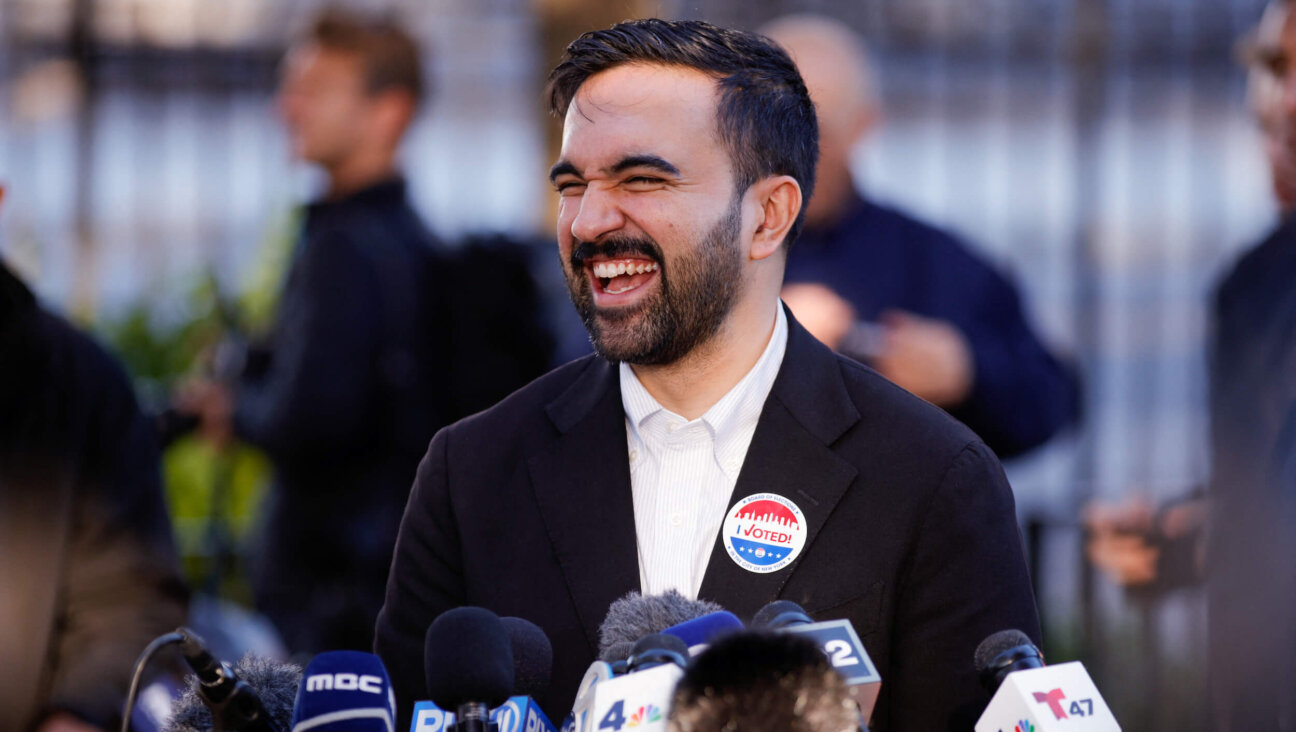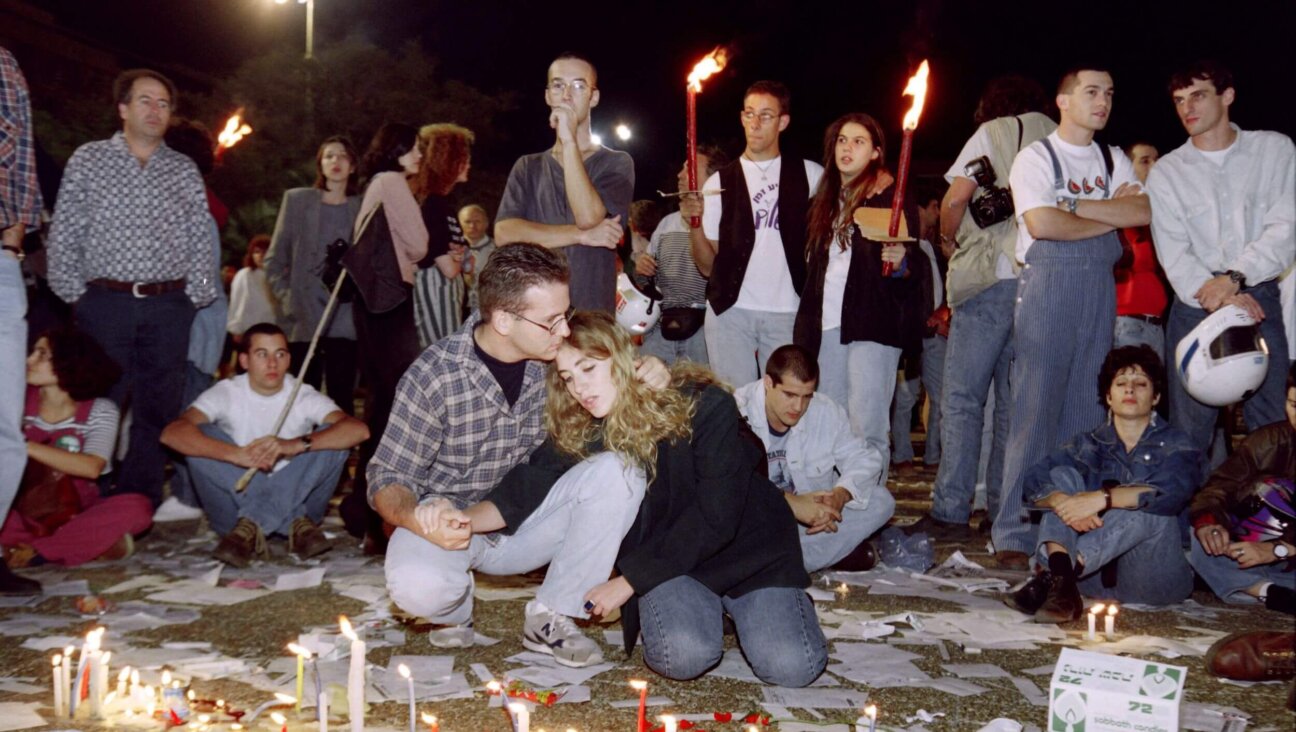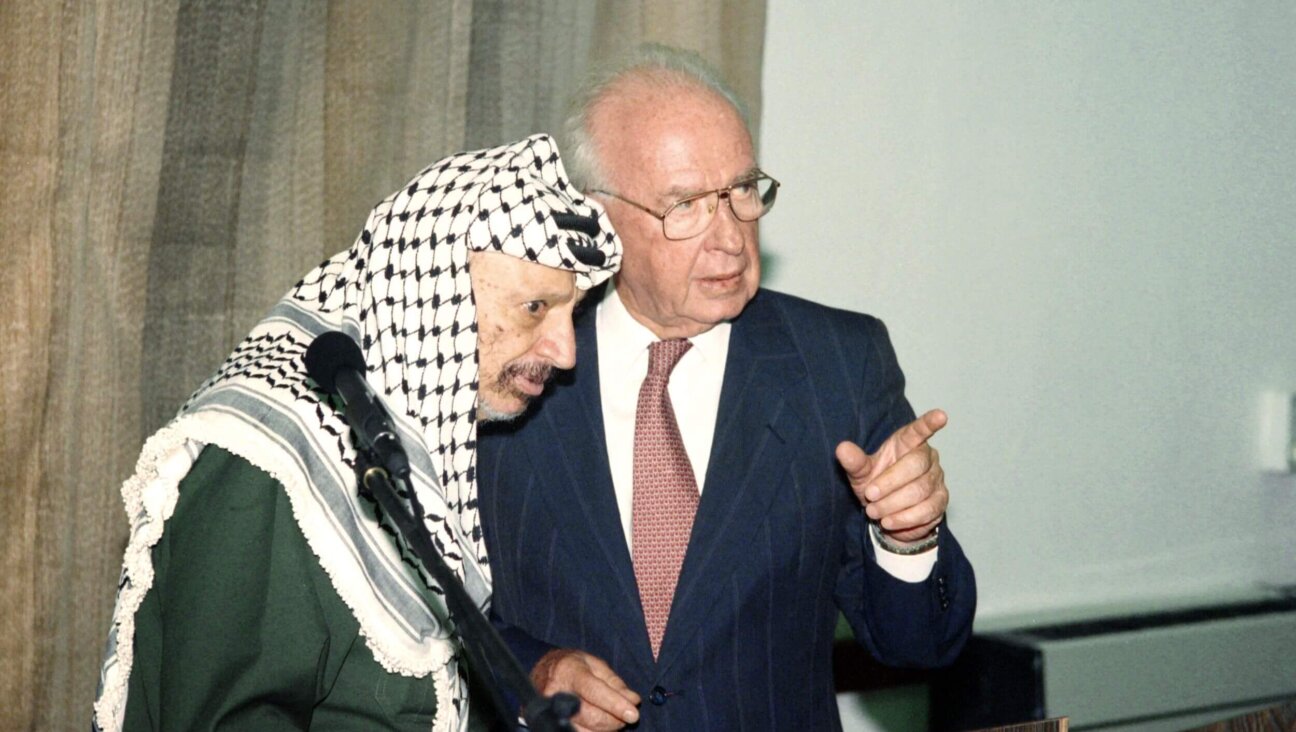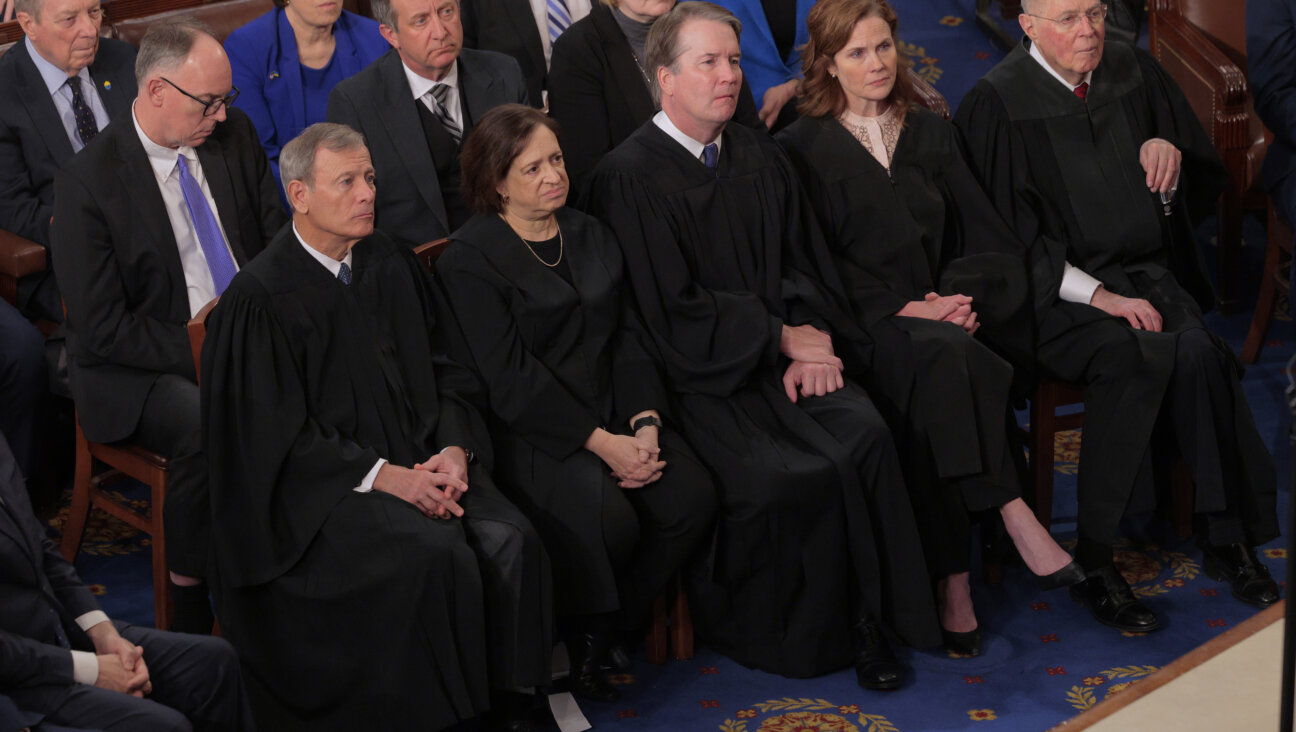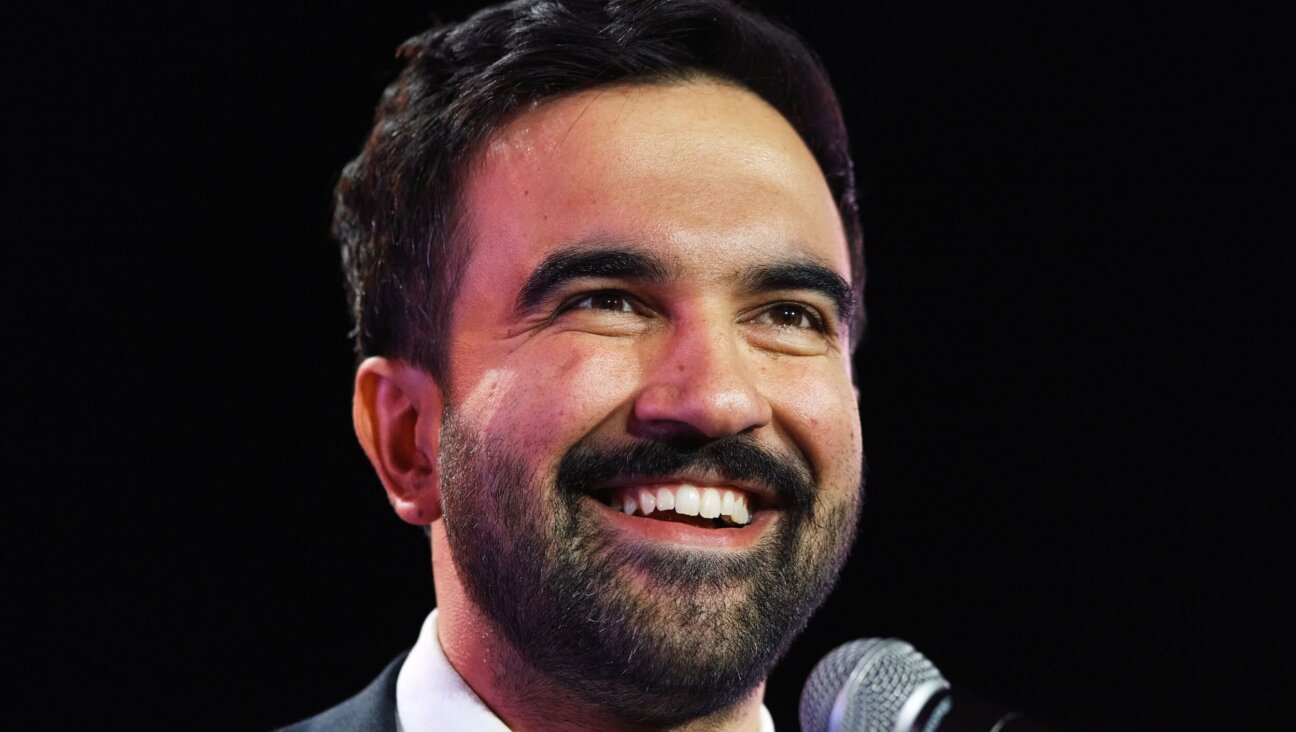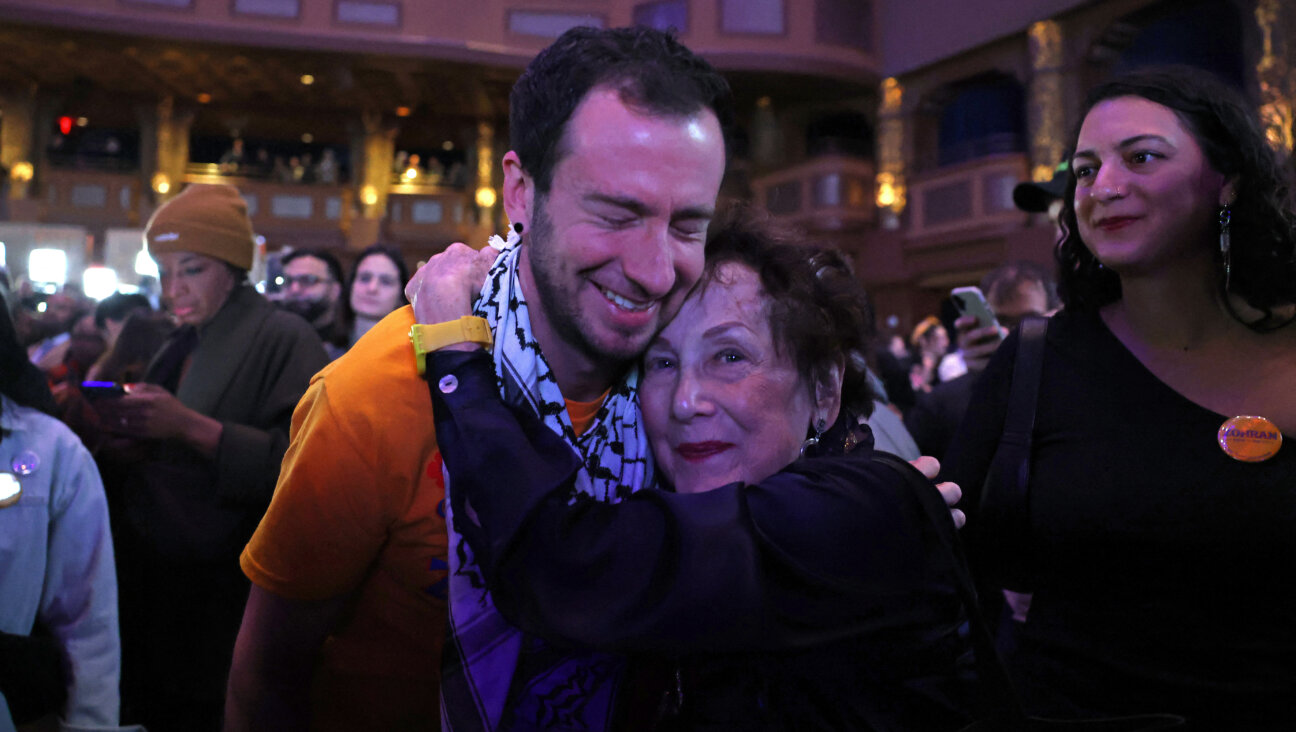What Would They Write About Us Today?
This week, this column celebrates its 18th anniversary. Or, since columns, lively as they may be, are essentially inert, their author does the celebrating. I’ve been rummaging around in columns past, and while many are tightly tied to then-current events, there are more than a few that continue to resonate. Here is one such:
In the endless lamentations on the state of American Jewry, it is quite often assumed that we are a mere shadow of our progenitors. “Oh, for the good old days,” those days of learned and committed Jews, and so forth and so on.
The Jewish Communal Register, published in 1918 is a comprehensive guide to New York Jewry in the years 1917-1918, with essays and statistics on virtually every aspect of Jewish life. Nostalgia, it turns out, is not all it is cracked up to be.
Mordecai Kaplan, the founder of Reconstructionist Judaism, concludes an essay on the synagogue with the following observation: “One to whom the future of the Jews and of Judaism is an object of concern cannot but view with alarm the condition of the synagogue, as indicated by the cold figures in the statistical columns. They are indicative, more than anything else can be, of the rapid disintegration of Jewish life, a process that cannot possible be halted by the sporadic efforts on any single organization. All the possible material and moral resources of the entire Jewish community must be concentrated upon the aim of saving the synagogue from impending ruin.”
Or this: Of 275,000 Jewish children attending the eight grades of the public school system, only 65,000 — 23.5% of the total — were at any one time enrolled in any form of Jewish education. Samson Benderly, arguably the most influential Jewish educator of his day, observes in an essay on education that, “There is a large number of Jewish boys and girls who, as adolescents and as adults, show the effects of this lack of religious and moral training. They are the boys and girls whose characters are not so strong, and who because of the community’s neglect, or the parents’ indifference with regard to their religious and moral training, grow up into mean, selfish men and women, interested only in material things, and imitating the worst features of American life.”
Or this: In the 136 supplementary — namely, afternoon — Hebrew schools, the annual cost of instruction ranged from $7.85 per child to more than $43.00 per child. The average salary for teachers was $780 a year for 22 hours of work per week.
Or this: In a section on recreation, prepared by Julius Drachsler, author of “Democracy and Assimilation: The Blending of Immigrant Heritages in America” and a fervent cultural pluralist, we learn of the “lack of many of the finer cultural and spiritual elements in the leisure time activities of a large part of the Jewish population.” And the home was no antidote: “Taste in amusements of all kinds is formed in the home. Sham refinement, vulgarity, boorishness and sensuousness in private entertainments cannot fail to be reflected in public amusements. If festival celebrations in the home, weddings, birthday parties, and other family gatherings, lack in a genuine spiritual tone and atmosphere, then it ought not be a matter of great surprise if the press is not as refined in its appeal as it might be, that the theater shows clear signs of decadence, that the cheap dance hall and the sensuous moving picture show have little difficulty in attracting hundreds of thousands of devotees, and that the communal institutions which attempt to offset these demoralizing influences upon the youth by offering wholesome recreation under proper auspices, find it practically impossible to compete with the irresistible lure of commercialized pleasure-palaces.”
Or this: Here’s David Pinski, a prolific Yiddish playwright: “The Yiddish theater ought to be a name calling forth joy, spiritual gratification and even national pride. But the name has come to denote tomfoolery, clownishness and degeneracy. Mention the ‘Yiddish Theater’ and every man more or less intellectually developed will shrug his shoulders contemptuously.”
And so forth. But the news was not unrelievedly bad. The community had just successfully completed its first $5 million campaign for Jewish war relief, its share of a $10 million national campaign. As reported in The New York Times of December 16, 1917, Jacob Schiff announced the result, observing that, “Fifty-two years ago, when I came to this country, I don’t believe the combined wealth of American Jewry was equal to $5,000,000. See where we have arrived; see where our unity and strength have brought us.”
And, finally, Yiddish literature, as described by Yiddish journalist and educator Joel Enteen: “To the Jews of America, Yiddish and Yiddish literature have been like the rainbow to the sky, a covenant against the deluge of assimilation. One is almost tempted to see in them the finger of Jewish destiny. For have not the Yiddish press and literature been, inadvertently, planted in this new land of our Exile by our very socialists and anarchists of thirty years ago, who then disclaimed anything Jewish and who made use of our vernacular for the very end of denationalizing the Jewish immigrant, of preaching to him the Gospel of internationalism and cosmopolitanism?
“But then the tool proved more potent than the wielder. It was Yiddish that kept the Jew alive in the hearts of our workers… And it was Yiddish literature that kept the sap of Jewish tradition flowing in the veins of the souls of the Jewish masses in the New World. And thus it came to pass that Yiddish and Yiddish literature were our shield and our bulwark.”
How utterly fascinating it would be to read what Kaplan, Benderly, Drachsler, Pinski and Enteen would write about us today.

